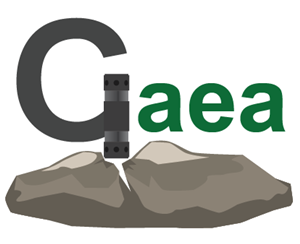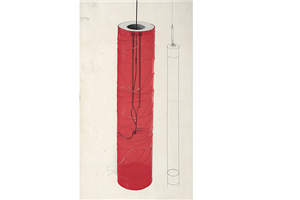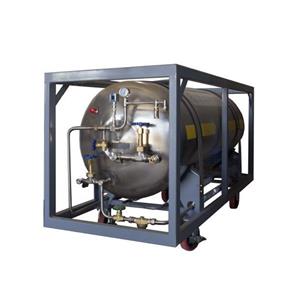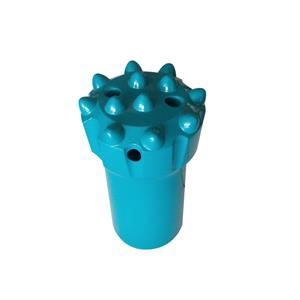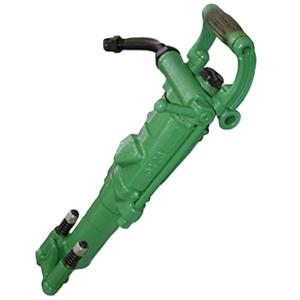Rock Drilling Rod Failures: Common Causes and Solutions You Need to Know
In mining operations, drilling rods are essential equipment, with their performance directly influencing both efficiency and safety. Although failures of mining rods are less common compared to tunneling rods, when they do occur, they can cause significant disruptions to production. Today, we’ll dive into the common failure modes of mining drilling rods, the reasons behind them, and the solutions to avoid these operational pitfalls.
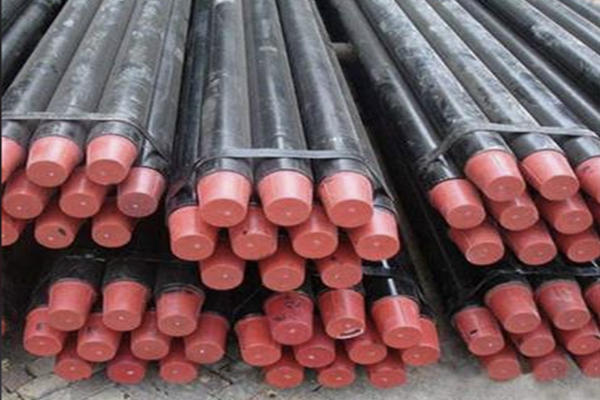
1. Wear and Tear of Internal and External Threads: The Most Common "Annoyance"
Among the various failure types of mining rods, the wear of internal and external threads is the most frequent, with internal thread wear being the dominant issue. This is similar to how screws in everyday use become worn out over time and loosen, making them hard to tighten. The threads of drilling rods experience the same phenomenon.
So, what factors determine the wear resistance of a rod’s threads?
Manufacturing Process: The hardness of the drill rod, depth of the hardened layer, surface finish of the threads, and thread fitting precision are all crucial factors. Just like crafting a durable tool, the material quality and processing precision directly impact its lifespan.
Operating Conditions: The hardness of rock layers and the geological complexity play significant roles. Under complex working conditions, issues like stuck rods or deviation in drilling direction can occur, accelerating the wear of the threads, much like sandpaper.
Operational Factors: The skill level of the operators, as well as the drilling parameters like push pressure and flushing water pressure, can also affect the speed at which the threads wear. Improper operation is like subjecting the drilling rod to extreme conditions, causing abnormal wear.
Maintenance Practices: Failure to re-sharpen the drill bit in time can lead to inefficient drilling and drilling deviation. Additionally, mixing new and worn rods or using rods from different manufacturers with varying thread tolerances can further accelerate thread wear.
2. Fracture at the Root of External Threads: The "Consequences" of Overuse
Fracture at the root of external threads is another common failure mode, often occurring when the drilling rod has exceeded its typical service life and is still in use. Usually, the internal and external threads of most mining rods wear out before the root fractures. However, if the threads haven't worn to failure, continued use can lead to such fractures.
The key factors contributing to this failure are:
Manufacturing Process: Heat treatment is crucial in determining the rod’s fatigue strength. The heat-treated structure needs to possess high toughness and fatigue resistance, with an ideal structure being high-carbon martensite on the surface and bainite in the core, with a smooth, broad transition between the two. The surface finish of the threads also impacts their durability.
Operating Conditions: Frequent stuck rods and drilling deviations in complex conditions can lead to abnormal fatigue fractures at the root of the external threads.
Maintenance Practices: Failing to re-sharpen the drill bit in time can cause drilling deviations, which may subsequently cause fatigue fractures at the thread root.
3. Fracture at the Internal Thread "Void": The Structural Weakness
Fracture at the internal thread "void" is another failure mode, typically caused by two factors. First, during the drilling process, the external threads exert force on the internal threads, a weak point in the structure that can easily fracture. Second, if the external threads of the rod experience significant wear, it further weakens the internal thread and increases the risk of fracture.
The solution? Opting for drilling rods with extended internal threads can significantly enhance their durability. This design helps distribute the force more evenly, reducing stress concentration at the weak spots, much like adding a layer of protection to a vulnerable area.
4. Rod Body Fracture: The "Oversight" in Quality Control
Rod body fractures are relatively rare but can occur due to quality issues with the steel itself or improper rolling processes. Usually, such fractures are isolated incidents. However, if rod body fractures occur in bulk, this may indicate significant issues with the heat treatment process. In such cases, it is essential to carefully inspect the heat treatment process to identify defects in quality control and prevent further problems.
5. Rod Body Bending: The "Invisible Killer" in Serial Operations
Mining drilling rods are often used in series, typically between 10 and 20 rods at a time. When one rod bends, not only is it rendered unusable, but it can also cause other rods to fail prematurely. Thus, maintaining straightness and coaxiality is a critical quality standard for mining rods. Ensuring these geometric properties can significantly enhance the reliability and durability of the rods during continuous operations.
To prevent rod body bending, raw materials and finished rods should undergo multiple straightening processes during production. Raw materials that may have inherent bends need to be straightened before further processing. After heat treatment, rods may also deform and need precise straightening to meet strict straightness standards. Additionally, during transportation and storage, measures should be taken to ensure the rods remain straight and do not bend.
By understanding the common causes of failure and implementing the correct measures, you can significantly improve the reliability and longevity of mining drilling rods, ensuring smooth and efficient operations.

